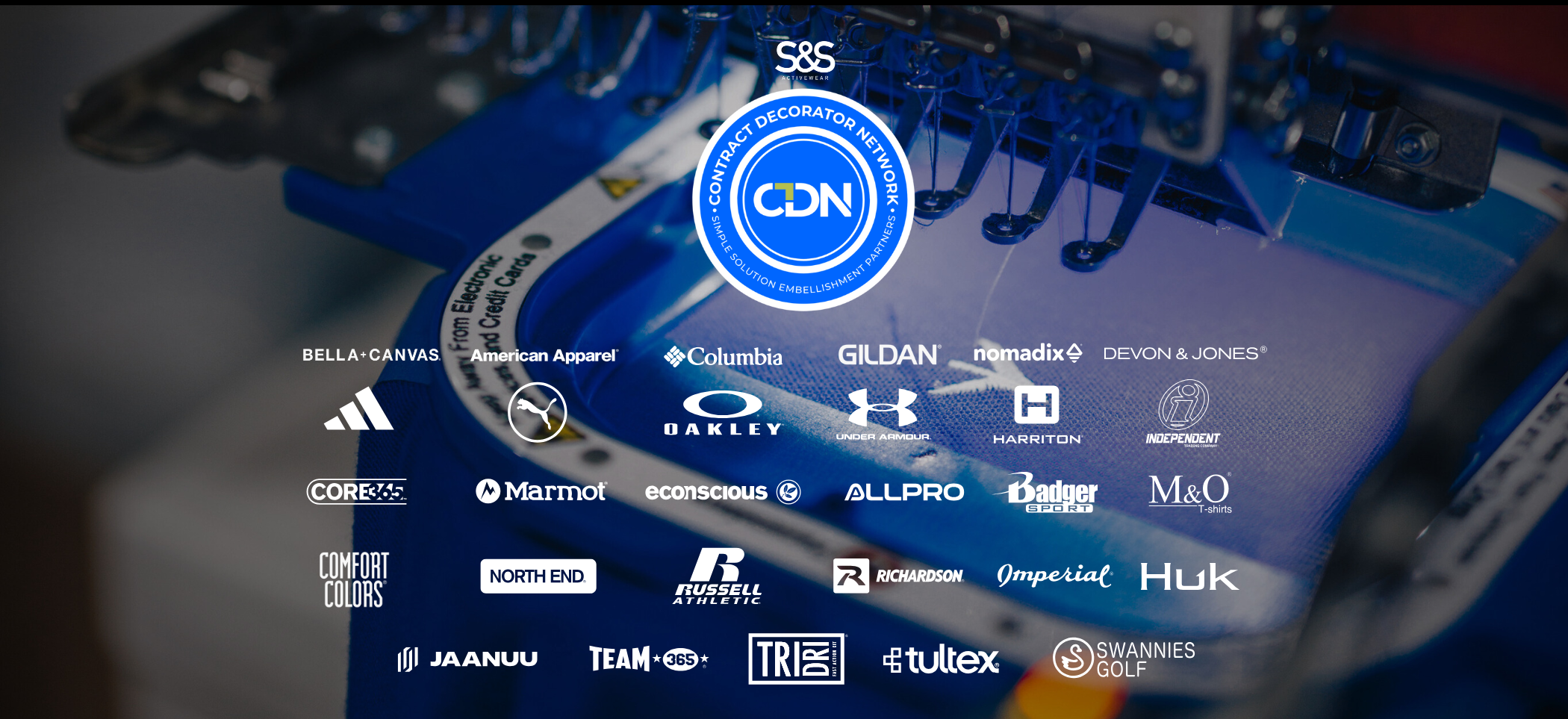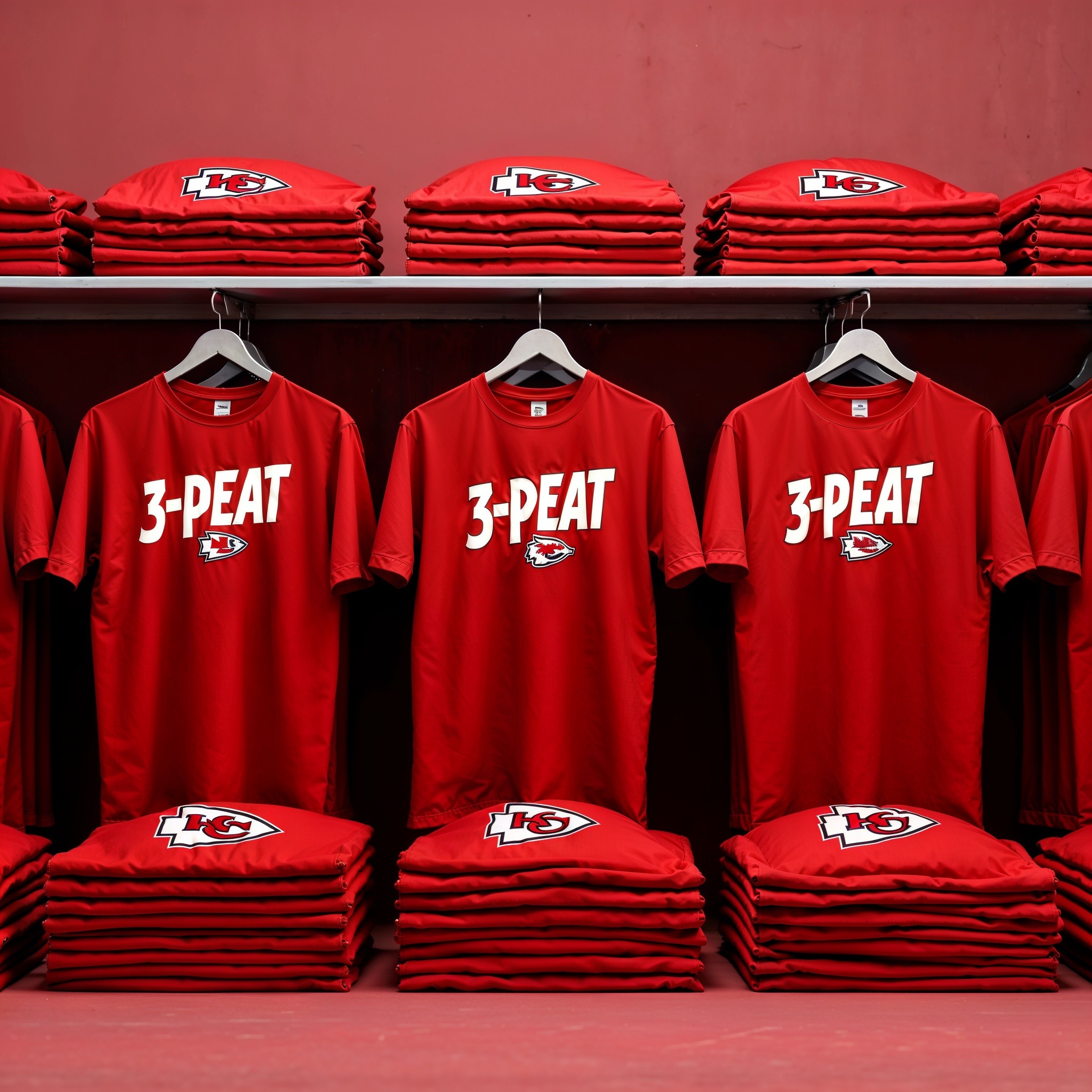
The Hidden Cost of Excess Inventory

Discover how the Kansas City Chiefs’ “3-PEAT” t-shirt debacle highlights the dangers of excess inventory and learn how Print on Demand technology offers a sustainable, risk-free production model ⤵️

In today's competitive market, every business decision impacts the bottom line. The Kansas City Chiefs' recent experience with pre-printed, “3-PEAT” t-shirts has become a fascinating case study in inventory management. Intended for a Super Bowl victory, thousands of these t-shirts now face an uncertain future after an unexpected loss to the Philadelphia Eagles. Although these shirts will be donated to charity—as detailed at USA Today—the episode underscores a critical challenge: the risks associated with excess inventory.
The Inventory Dilemma: Lessons from the Chiefs’ Experience
For many companies, producing merchandise before verifying demand is a standard practice. However, this “print first, sell later” approach can lead to significant financial and reputational risks:
- Excess Stock and Capital Lock-Up: Large-scale pre-production ties up capital that could be invested more strategically.
- Obsolescence Risk: Unsold inventory may rapidly become outdated, leading to financial losses.
- Brand Impact: Forced donations or clearance sales can dilute the brand image.
These challenges aren't limited to sports teams. Businesses across various industries face similar risks when their inventory production doesn't align with actual demand.
Embracing Print on Demand as a Strategic Solution
At Dimona, we believe the future lies in Print on Demand (POD) technology. By producing goods on-demand, businesses can:
- Eliminate Obsolete Inventory: Manufacture products only in response to confirmed customer orders.
- Enhance Flexibility: Adapt quickly to market trends and changes without overcommitting resources.
- Improve Cost Efficiency: Lower overhead by only producing what's necessary, reducing wasted capital and storage expenses.
POD is not just a production model—it's a strategic approach that aligns manufacturing with real-time demand, ensuring that every unit produced adds value and minimizes risk.
Why This Matters to Your Business
The Chiefs’ “3-PEAT” fiasco is more than just a sports story; it’s a vivid example of the challenges posed by excessive pre-production. With POD, companies can steer clear of the pitfalls of excess inventory, safeguard their capital, and maintain a stronger, more consistent brand image. In an unpredictable market, managing inventory efficiently is not just a competitive advantage—it’s essential for sustainability.
Final Thoughts
The lesson from this real-world case study is clear: overproduction can lead to costly mistakes and diminished brand value. At Dimona, our commitment to Print on Demand technology demonstrates how businesses can achieve a win-win scenario—protecting against inventory risks while delivering products that meet precise market demand.
Is your business ready to move beyond the risks of excess inventory? Discover how a Print on Demand strategy can streamline your production, enhance efficiency, and secure your competitive edge in today's dynamic market.
Feel free to share your thoughts or reach out for more insights on transitioning to Print on Demand!
